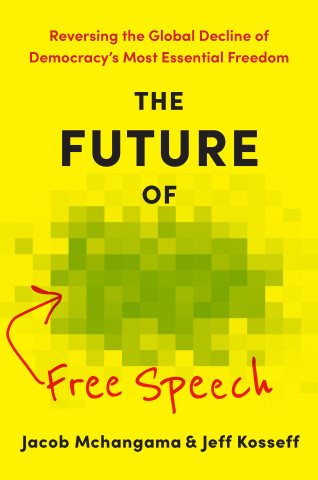
Reviews
A short review cannot do justice to the richness, the comprehensiveness, and the scholarly depth of Thomas’s work, which will surely serve as a leading text in its area for many years.
It places the effort to understand the phenomenon of asymmetrical conflict on a sounder foundation and should be accessible to the larger community of experts interested in the issue.
There are good traditional histories and there are major quantitatively-oriented data bases that feed theory construction, but no study has effectively combined the two. In this respect, the author has written a pioneering work.
Book Details
List of Tables
List of Figures
Preface: Asymmetric Conflicts: An Equation With Many Unknowns
Acknowledgments
1. Origin and Development of the Asymmetric Conflict Concept
Postwar Peace: From Total War to
List of Tables
List of Figures
Preface: Asymmetric Conflicts: An Equation With Many Unknowns
Acknowledgments
1. Origin and Development of the Asymmetric Conflict Concept
Postwar Peace: From Total War to Asymmetric Conflicts
Critical Approaches to the Concept of Asymmetric Conflict
Defining Asymmetric Conflict
Developing an Analytical Model of Asymmetric Conflict
2. Identifying the Asymmetry Factor in Armed Conflicts
Data Sources and Methods of Analysis
Identifying Asymmetry in the Structural and Dynamic Characteristics of Armed Conflicts
Impact of the Asymmetry Factor on Conflicts Involving the Great Powers
Conclusions
3. The Dissolution of the British Empire and Asymmetric Conflicts in Dependencies
The Dissolution of the British Empire
Asymmetric Armed Conflicts Accompanying the Colonies' Struggle for Independence
Factors in the British Political Defeat in Asymmetric Conflicts in Its Colonies
Conclusion
4. The US War in Iraq, 2003–2011
The War's Objectives and Legitimation of the War's Cause
Course of the War and the Evolution of Strategies
The War's Outcomes
Discussion of the War's Outcome in the United States
Conclusions
Conclusion: Analyzing Asymmetric Conflicts Using the Model
Appendix: List of Armed Conflicts from the Cosimo Database Used in the Study
Notes
Index





